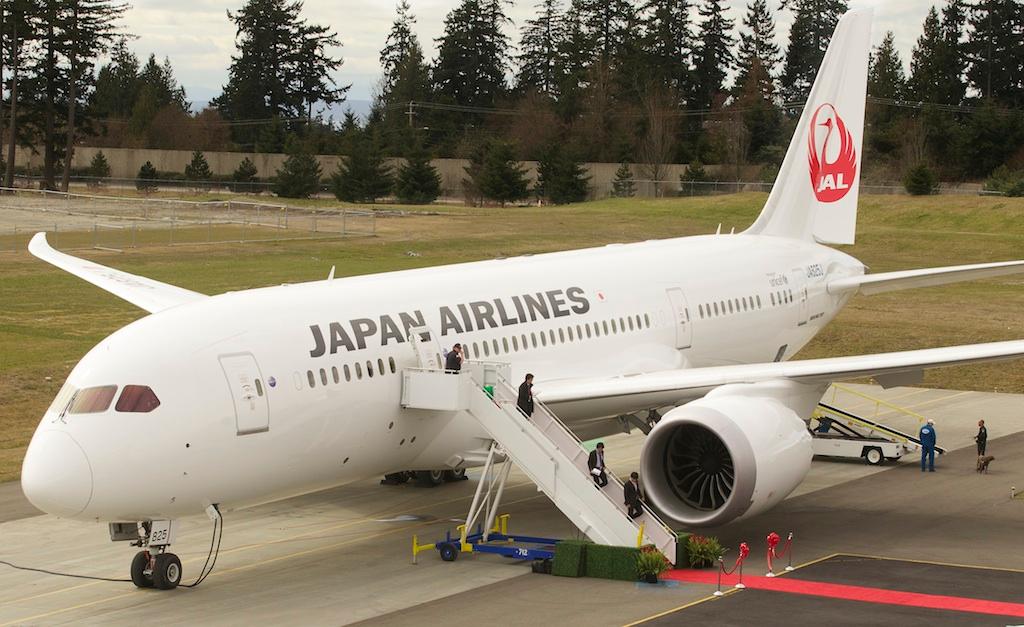Boeing warns of Dreamliner engine icing issues
Japan Airlines received its first Boeing 787 Dreamliner on March 26, 2012.
Boeing told airlines on Friday that its new 787 Dreamliner and 747-8 airplanes risk engine icing problems.
The aircraft maker told 15 carriers to avoid flying the planes near large thunderstorms, which could cause the engine to form ice crystals.
The notice prohibited the planes to fly within 50 nautical miles of thunderstorms, which can cause ice crystals.
Boeing's announcement comes after six incidents in the last seven months, involving both types of airplanes.
In every incident the GEnx engines suffered temporary loss of thrust, while flying at high altitude. All of the airplanes landed safely.
The issue was said to be due to a buildup of ice crystals on the front fan of the engine.
Japan Airlines decided to stop using the 787 Dreamliners for two international routes after the announcement. Lufthansa, United Airlines, and Cathay Pacific Airlines will also be affected.
"Boeing and JAL share a commitment to the safety of passengers and crews on board our airplanes. We respect JAL's decision to suspend some 787 service on specific routes," a Boeing spokesman said.
Japan Airlines will replace the 787s on the Tokyo-Delhi and Tokyo-Singapore routes and may stop using it from Tokyo-Sydney in December.
All of the routes are known for heavy thunderstorms.
GE and Boeing are working on a fix using software modifications to eliminate the possibility of ice crystals.
Boeing's new Dreamliner has been plagued with issues since its inception, many of which were traced back to lithium-ion batteries that caused electrical fires.
The story you just read is available to read for free because thousands of listeners and readers like you generously support our nonprofit newsroom. Every day, the reporters and producers at The World are hard at work bringing you human-centered news from across the globe. But we can’t do it without you: We need your support to ensure we can continue this work for another year.
When you make a gift of $10 or more a month, we’ll invite you to a virtual behind-the-scenes tour of our newsroom to thank you for being with The World.
